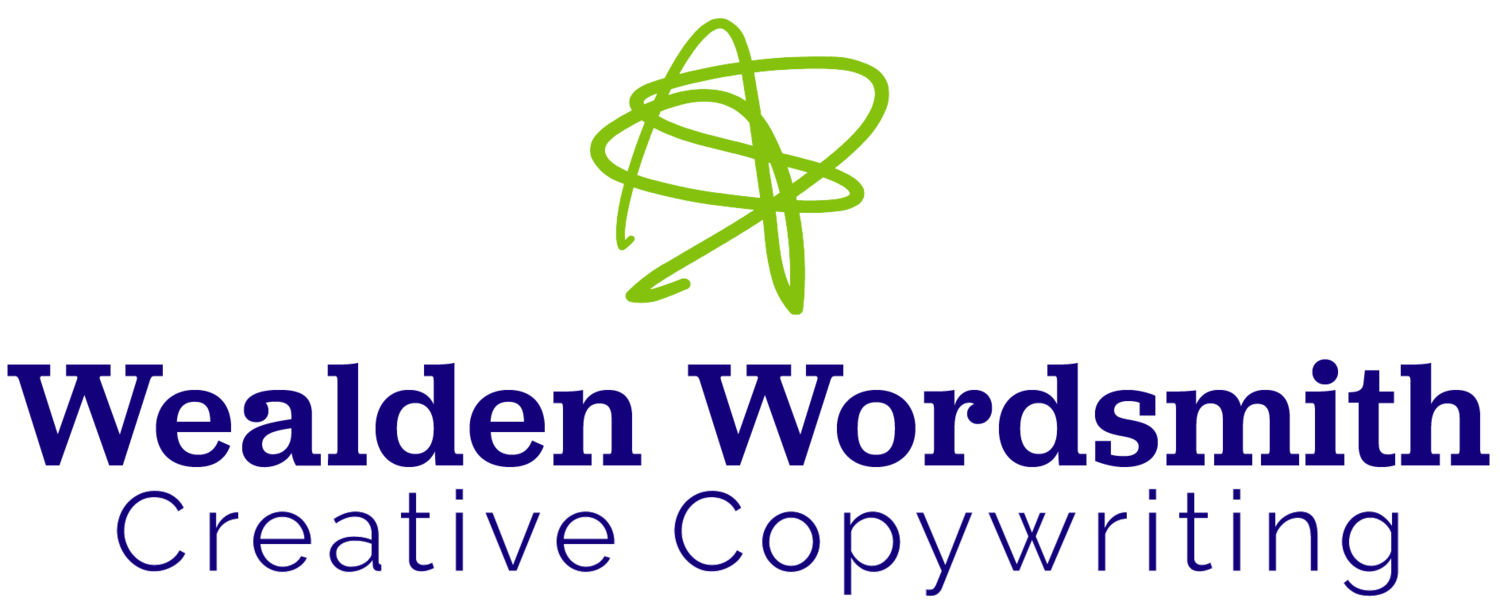Cartoons Aren’t Just for Kids
From The Penguin Max by Giovannetti
“Laughter,” the philosopher Henri Bergson once said, “is the corrective force which prevents us from becoming cranks.” He was on to something there.
Humour helps us to unplug from reality. It helps us unwind. It stimulates our imagination.
Life has a habit of throwing curveballs at us. It can be tough. It’s easy to take things too seriously. And forget that we need to find ways of relieving stress and having some fun.
Cartoons are an antidote to the complexities of adult life
Cartoons offer a perfect form of escapism. They provide a mechanism for looking at the brighter side of life. People sometimes assume that cartoons are just for children. On the contrary. We can all benefit from the parallel frames of reference they offer, whatever our age.
They detach us from the material world of good and evil. And help us see things in proper perspective. They take us out of ourselves and connect us with a broader or alternative reality.
They keep us larger than what we do and greater than what can happen to us.
I was reminded of this while leafing through my copy of The Penguin Max. Drawn by Luigi Pericle Giovannetti, a Swiss artist and painter, it’s a wonderful collection of cartoons about a marmot called Max.
Pericle was a complex man. The diversity of his oeuvre – painter, illustrator, writer, theosophist and mystic – is incredible. And the recent discovery of an extensive archive of his work has reignited interest in his career as an artist. Well-deserved for someone who exhibited alongside Jean Dubuffet, Karel Appel and CoBRA members in the Swinging Sixties.
But what really appeals to me is his earlier work as a cartoonist. He created the character of Max in 1952 for the satirical magazine Punch. And produced an astonishing series of cartoons, without text, of his rodent protagonist, which secured his fame in Europe, the USA and Japan.
Laughter is therapeutic
The illustrations ooze an insouciant charm. They move us and make us laugh in equal proportions as we identify with Max’s efforts, often fruitless, to grapple with the human condition. They exemplify our playfulness, creativity and love of learning. But also our tendency to tie ourselves in knots (sometimes literally) as we make mistakes on our journey through life.
Bear in mind that the cartoons were published in a magazine aimed at adults. Albeit grownups with a sense of humour. But Max, arguably, is a representation in cartoon form of the value of childhood. Of the value of staying in touch with our younger selves and retaining that childish sense of optimism, playfulness and curiosity which is so important to us as healthy adults.
Max works his way through adversity and retains his cheerfulness in a way that is both heart-warming and inspiring.
And it’s all achieved without any words. Which, perhaps, helps us appreciate the subtlety of the visual humour even better.
For the humour of Max is cathartic. It can also be hard to pin down. As John Meredith said in the introduction to Max, reflecting on his elusive quality: “Elf, demon, child, artist, impresario, athlete, homme du monde – he is all of these, and yet, and yet… is he any more complex than the simple gift of laughter? Or any less?”
Life is too short not to have fun. And sometimes, faced with a world that appears intent on self-destruction, it can be hard to see the funny side of things. But enjoying cartoons like Max reminds us that it’s ok to laugh at the madness around us.
Mark Twain put it well: “Humor is the great thing, the saving thing. The minute it crops up, all our irritations and resentments slip away and a sunny spirit takes their place.”



